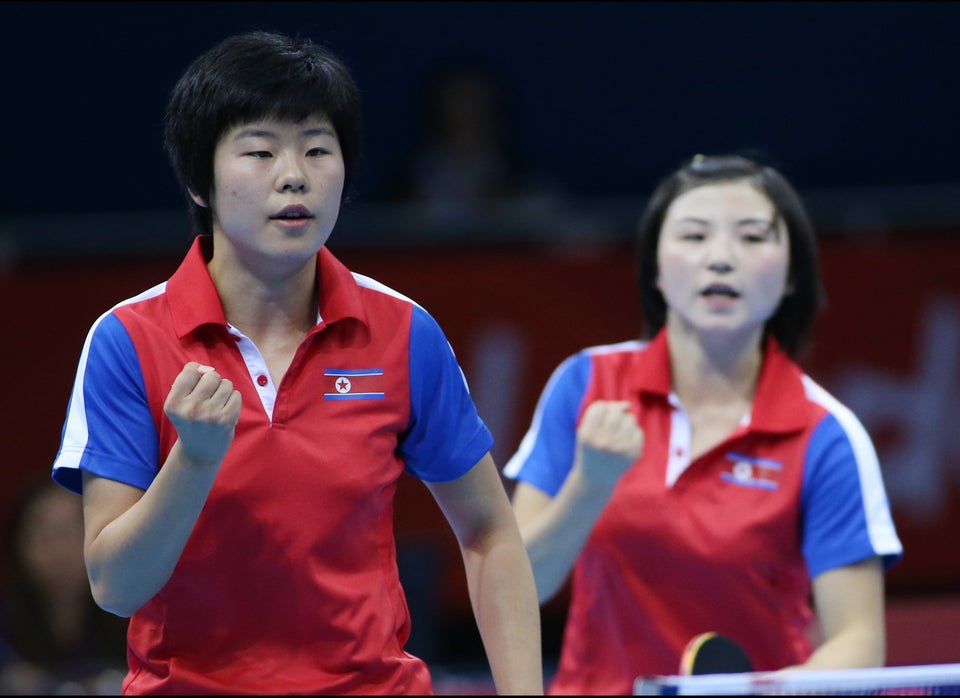
By Fredrik Dahl
VIENNA, Nov 29 (Reuters) - North Korea has made further progress in the construction of a new atomic reactor, the U.N. nuclear chief reported on Thursday, a facility that may extend the country's capacity to produce material for nuclear bombs.
Pyongyang "has continued construction of the light water reactor and largely completed work on the exterior of the main buildings," Yukiya Amano, director general of the International Atomic Energy Agency (IAEA), said.
But, he told the IAEA's 35-nation governing board that the U.N. agency "remains unable to determine the reactor's design features or the likely date for its commissioning."
North Korea says it needs nuclear power to provide electricity, but has also boasted of its nuclear deterrence capability and has traded nuclear technology with Syria, Libya and probably Pakistan.
The light-water reactor is being built at the North's main Yongbyon nuclear facility, which consists of a five-megawatt reactor, a fuel fabrication facility and a plutonium reprocessing plant where weapons-grade material has been extracted from spent fuel rods.
North Korea was the first country to withdraw from the nuclear Non-Proliferation Treaty in 2003 and has denied IAEA access to its atomic sites, reneging on a February deal to do so after it announced plans to launch a long-range rocket, in defiance of United Nations Security Council resolutions.
It was believed earlier this year to be pushing ahead with plans for a third nuclear test. {ID:nL4E8JO284]
Amano said he remained "seriously concerned" about the North's nuclear programme, which his inspectors can only monitor via satellite images.
IAEA MONITORING
In May, website 38North said North Korea had resumed construction work on the experimental light water reactor (ELWR) after stopping in December.
38North - run by the U.S.-Korea Institute at Johns Hopkins University and former U.S. State Department official Joel Wit - said the ELWR, when operational, could produce enough material for an additional nuclear bomb each year.
U.S. expert David Albright has estimated a higher potential production of about 20 kg of weapon-grade plutonium a year, enough material for four nuclear weapons or more. But he said it could also produce electricity.
A highly enriched uranium programme running alongside this could allow North Korea to increase significantly the number of nuclear devices it could produce, giving it a dual track to nuclear weapons as it has big reserves of uranium.
Amano said: "While the agency continues to monitor the reported uranium enrichment facility, using satellite imagery, its configuration and operational status cannot be established."
North Korea carried out nuclear tests in 2006 and 2009 and is under heavy U.N. sanctions for its atomic weapons programme.
The IAEA said in August that "significant progress" had been made in the light water reactor's construction since a year earlier, including placing a dome on the containment building.
Also in August, the Institute for Science and International Security - founded by Albright - said satellite imagery from May and June showed construction "progressing apace". It said the reactor could be completed in the second half of 2013. (Editing by Robin Pomeroy)

